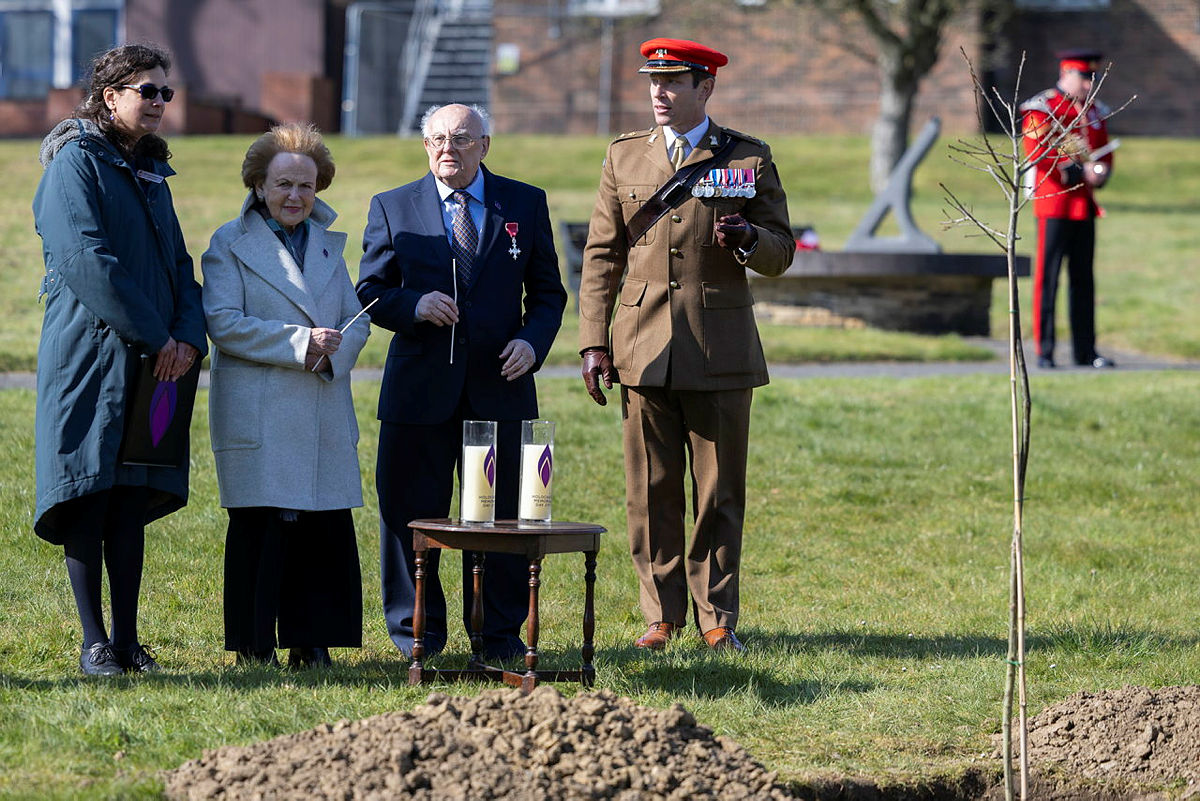Amalie Schaich
The Roma people are one of the oldest and most persecuted groups of people in Europe. Those called ‘gypsies’ by their neighbours were originally from groups, including the Roma, and also the Sinti, Lalleri and others, who preferred a travelling or nomadic lifestyle. For centuries, most countries had tried to send them away, refusing them permission to travel within their lands.
